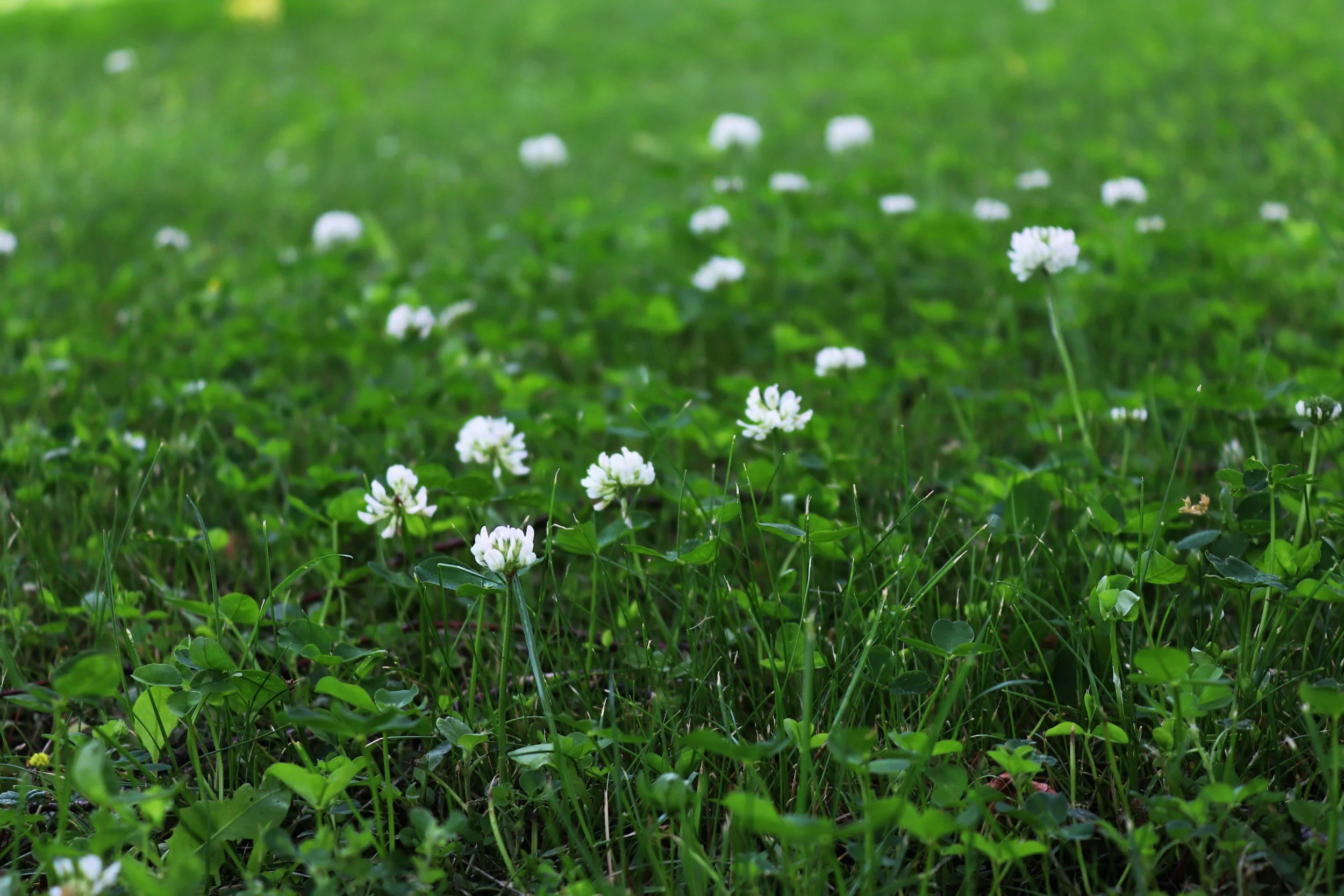Struggling with Clover establishment?
Clover
One of the most valuable species in New Zealand pastoral systems.
Are You Struggling with Clover Establishment & Growth? Here's Why It Might Not Be Thriving in Your Pasture
Clover is one of the most valuable species in New Zealand pastoral systems — fixing nitrogen, improving pasture quality, driving animal performance, and reducing reliance on synthetic fertiliser. But many farmers sow clover into their pastures only to see little or no establishment, especially in mixed swards. So, what’s going wrong?
Let’s take a closer look at the most common (and often overlooked) reasons clover fails to thrive — and what you can do about it.
1. Herbicide Residues — Lingering Impacts on Clover
Residual herbicides used in previous cropping or spray-out phases can remain active in the soil and negatively affect clover germination and root development. Some broadleaf herbicides, especially those with long soil activity (e.g. flumetsulam or picloram), can reduce clover success even months after application. Some maize pre and post emergence chemicals can also affect clover up to 12 months after application.
Fix:
Check the withholding periods or plant-back intervals for herbicides used prior to sowing.
Use clover-safe knockdowns where possible and avoid residual chemistry if clover establishment is a priority.
If unsure, consult your agronomist or chemical rep about potential residue issues based on your spray history.
2. Sowing Depth — Clover Is Not a Deep Diver
One of the most common establishment issues is incorrect sowing depth. Unlike ryegrass or cereals, clovers cannot push through heavy layers of soil.
Fix:
Use a roller or airseeder with a shallow setting for clover. Broadcasting and rolling can work well in the right conditions.
Aim for good seed-to-soil contact without burying the seed.
The Ultimate Pasture Establishment Guide: Tips for Germination and Establishment can be found HERE
3. Soil Fertility — Clover Is a Demanding Plant
Clover has a high demand for several nutrients — particularly phosphorus, sulphur, potassium, and molybdenum. Even if your pasture looks fine to the eye, a nutrient imbalance could be holding back your clover.
Fix:
Take a complete soil test, including macro and micronutrients.
Check that pH is in the optimal range (6.0–6.2 for clover).
Pay close attention to molybdenum, boron, sulphur, and phosphorus, which are crucial for clover health and nitrogen fixation.
Consider targeted nutrient applications post-sowing or at early growth stages.
4. Endophyte-Treated Grasses — An Unfriendly Neighbour?
Many ryegrass cultivars are now treated with endophytes to protect against insects and increase persistence — but this can come at a cost. Certain endophytes release allelopathic compounds or create a more competitive root zone, maybe suppressing clover germination and survival.
Fix:
Choose grass cultivars with no endophytes or clover-friendly endophytes
Consider a grass-to-clover sowing ratio that gives clover a better competitive edge.
Maintain grazing pressure early to reduce competition from faster-establishing grasses.
5. Grazing Management — Don’t Let Clover Get Smothered
Even if clover gets up and away, poor grazing management can quickly push it out of the sward. Set stocking or lenient grazing lets grasses dominate, shading out the lower-growing clover.
Fix:
Use rotational grazing to control grass dominance and allow light to reach the base of the sward.
Graze down to 1,500–1,600 kg DM/ha post-grazing to maintain clover presence.
Avoid overgrazing young clover stands too early.
6. Insect Pressure — Tiny Pests, Big Damage
Clover seedlings are particularly vulnerable to pests like slugs, clover root weevils, aphids, and springtails — all of which can devastate a new planting in just a few days.
Fix:
Scout regularly post-sowing.
Use slug bait or insecticide if needed (ideally timed with sowing or emergence).
Biological and organic control options can also be considered depending on system goals.
More on The Natural Solution for Pest Control HERE
7. Weather & Moisture — The Wildcard Factor
Clover seed requires consistent moisture to establish well. Dry soils, especially post-sowing, can result in poor germination, especially if seed was surface-broadcast or shallow-sown.
Fix:
Time sowing with reliable rainfall or irrigate lightly post-sowing.
In dryland areas, consider oversowing in autumn when soil moisture improves.
8. Coated Clover Seed — More Harm Than Help?
While coated seed offers the benefit of pre-inoculation and sometimes added nutrients or fungicides, it also comes with baggage — weight. Coated clover seed is heavier and larger, often resulting in it being sown too deep or unevenly. Is Coated Clover Seed a factor in poor establishment? Clover is a small-seeded species that needs to be placed very shallowly — ideally within the top 5–10 mm of soil. Anything deeper than this significantly reduces emergence.
Fix:
Ensure your drill is set to sow clover shallow.
Consider using uncoated seed where possible, especially if conditions are optimal for nodulation and germination.
If you do use coated seed, adjust sowing technique accordingly.
Practical Steps If You’ve Sown Clover and It’s Not Showing Up
Assess your sowing technique. Was it too deep? Was the seed-to-soil contact good?
Look at your seed choice. Was it coated? Is it viable and fresh?
Soil test. Don’t assume your nutrients are adequate.
Check your pasture mix. Are you sowing too much grass? Is the endophyte suppressing clover?
Consider herbicide legacy. Could residues be affecting emergence?
Adjust your grazing. Especially critical in early establishment.
Bottom Line: Clover Needs a Bit of Help to Compete
Clover can be one of the most powerful tools on a Kiwi pastrual farm — but it can easily disappear without the right setup. From sowing depth to seed choice, soil fertility to herbicide residues, there are a lot of levers to pull to ensure success.


